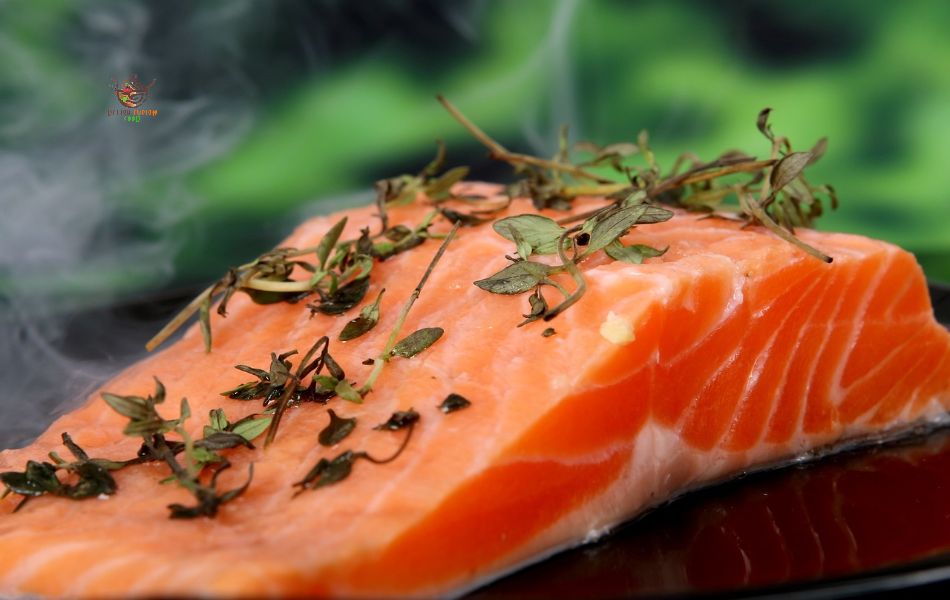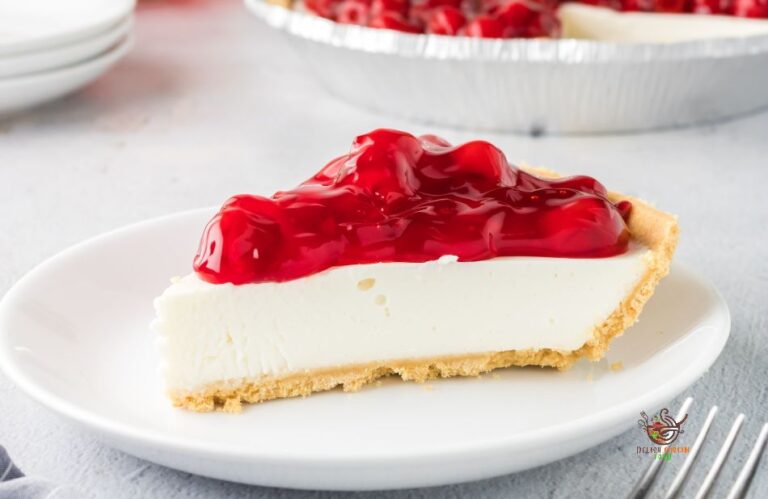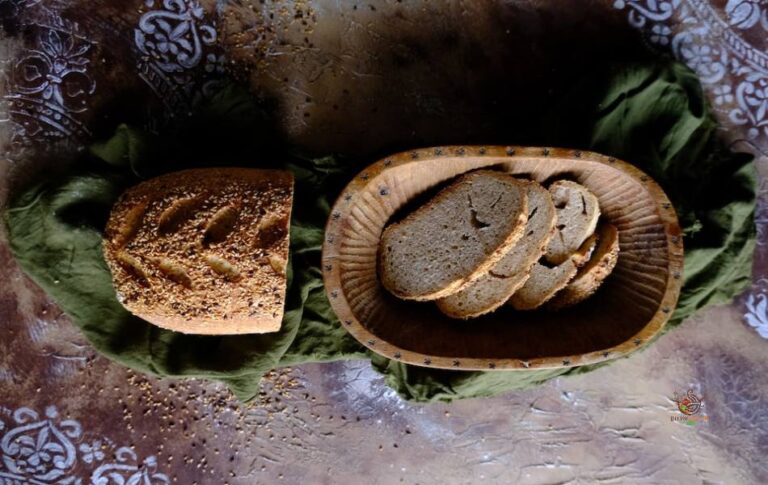How to Thaw Salmon: 3 Easy Methods!
Salmon is a perennial favorite among home cooks due to its healthiness, deliciousness, and ease of cooking. By keeping some in the freezer, you ensure you can enjoy excellent seafood meals even between shopping trips. The great news is that frozen salmon is often more economical and can be just as high in quality as what you find at the fish counter labeled as fresh. Here’s all the information you need to know to safely and quickly thaw salmon for a fantastic dining experience.
Defrosting Salmon: Simple Methods
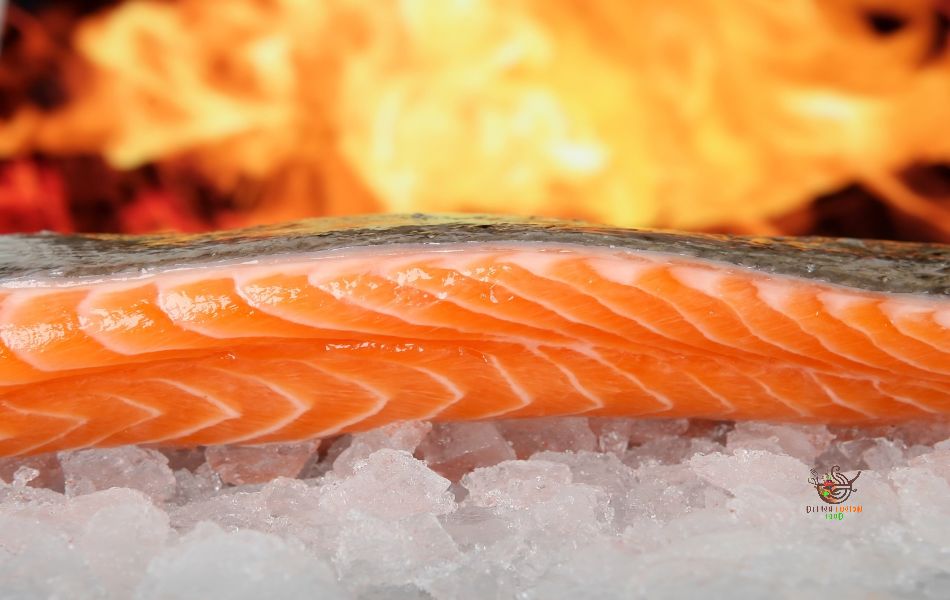
The USDA advises thawing frozen foods using three methods: refrigerator, cold water, or microwave. We’ll stick to these recommendations to minimize the risk of foodborne illness. Below, we’ll explain each of the three approved ways.
How to Thaw Salmon Safely in the Refrigerator?
Thawing salmon in the refrigerator is the easiest and safest method. It preserves the flavor and texture of the fish well. This method allows the salmon to defrost gradually in controlled, cool temperatures. These conditions inhibit the growth of harmful bacteria, ensuring food safety.
- Take the salmon out of its vacuum-sealed packaging.
- Put the salmon on a plate or tray lined with paper towels or a tea towel to absorb any liquid from the salmon as it thaws.
- Put the plate or tray on the lowest shelf in your refrigerator, where it’s usually the coldest.
- Allow the salmon to thaw, which typically takes 10-12 hours.
- After thawing, rinse the salmon to remove any remaining ice, then pat it dry before cooking.
Thawing salmon in the fridge may cause a fishy smell. If your fridge isn’t clean, it could expose the salmon to bacteria like Listeria. To avoid this, keep your fridge clean and cook the fish thoroughly instead of eating it raw.
How Do You Defrost Salmon in Water?
Thawing salmon in water is ideal if you’re short on time and can’t wait for fridge thawing. Begin by placing the salmon in one or more resealable bags. If possible, give each piece its own bag. Then, remove excess air and put the fish in a large bowl of cold water. If the bags float, that’s okay, but it will slow the thawing process. If you’re in a hurry, use a plate to weigh them down. Don’t forget to swap out the water every 30 minutes to keep the temperature safe. Smaller pieces thaw faster, usually within 1 to 2 hours, while larger ones may need up to 4 hours.
You must remember to set a timer for safe defrosting. Keep the water cold to prevent the salmon from entering the “danger zone,” changing it every 30 minutes. It can be cumbersome for larger cuts, and water leaks into sealed bags may slightly compromise fish quality. Positioning the sealed edge above the water helps minimize this issue.
How Do You Thaw Salmon in the Microwave?
Is defrosting salmon in the microwave a good idea? While it’s not ideal due to potential texture and quality issues, it can be a quick option. Here’s how:
Begin by assessing the weight of your salmon. Next, select the “defrost” function on your microwave and input the weight. Unwrap the fish, transfer it to a microwave-safe plate, cover it with a paper towel, and let the microwave perform its task.
To minimize risks, begin with short intervals! Start with just 1 minute of defrosting time. Gradually increase by 1-minute increments and closely monitor the fish. This approach prevents overcooking in the microwave.
Microwaves usually take about six to eight minutes per pound to defrost fish. However, check the fish occasionally to ensure it’s only defrosting, not cooking. Stop when the fish is flexible and cold, not warm.
This method has two drawbacks: Microwaves heat unevenly, causing some parts of the salmon to dry out when cooked. Also, the warmed salmon needs to be cooked immediately to avoid bacteria.
Salmon Thawing Methods: Quickest
Defrosting salmon in the microwave on the defrost setting is quick, taking only minutes. However, be aware that microwaves heat unevenly, so some parts of your fish may have compromised texture. It’s essential to cook the fish immediately to prevent bacterial growth. Additionally, smaller cuts will thaw more rapidly, making them a better choice if you’re short on time. If you’re in a hurry, consider whether defrosting your salmon is necessary.
To Thaw or Not to Thaw: Cooking Salmon Directly from Frozen
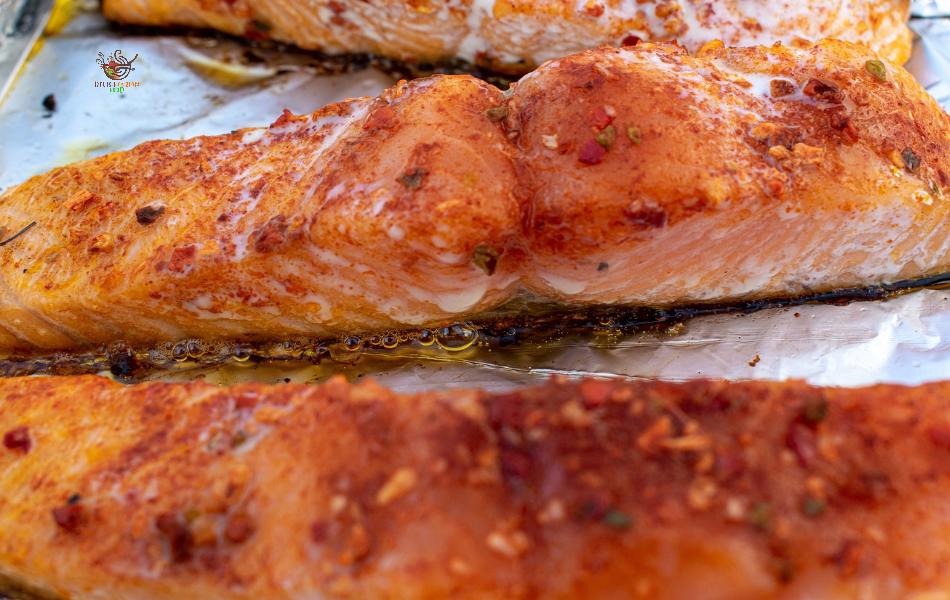
Certain cooking methods for salmon necessitate defrosting, while others do not. When baking or poaching salmon, there’s no need to defrost it beforehand as the lower heat ensures even cooking. However, if grilling or cooking over high heat, defrosting is necessary to ensure the outside and inside cook evenly, especially if aiming for crispy skin when cooking skin-side down. Additionally, seasoning frozen salmon is challenging as the seasonings won’t adhere well to the frozen fish.
Tips for Thawing Frozen Salmon
If your salmon is vacuum-sealed, transfer it to a resealable, leak-proof bag. Although it may seem like an extra step, it’s essential. Thawing fish in its packaging can create a risk for botulism.
Clostridium botulinum, a bacterium that causes botulism, thrives in low-oxygen environments like vacuum-sealed packaging. When exposed to warmer temperatures, these spores can produce the toxin responsible for botulism. To prevent this, expose the fish to oxygen and place it in a different bag before thawing.
Is it Safe to Defrost Salmon on the Countertop?
The USDA advises against thawing any food on the countertop. It’s crucial to maintain frozen food at a safe, constant temperature of 40 degrees F or below to prevent bacteria from multiplying.
See Also: Is it Possible to Freeze Almond Milk?
Freezing Salmon: What You Need to Know?
Salmon freezes easily. Much of the salmon sold at fish counters has already been frozen and thawed for display. Since salmon from many wild fisheries is seasonal, it’s common practice to harvest and flash-freeze most of the catch. However, only salmon labeled as “fresh, never frozen” ensures it’s freshly caught.
Repeating the process of thawing and freezing salmon can diminish its flavor and texture, so it’s best to avoid it. However, if your dinner plans change after purchasing previously frozen salmon or thawing it in the fridge, it’s safe to refreeze. Avoid refreezing salmon thawed in water or the microwave, as it may contain higher levels of bacteria. While refreezing may result in some moisture loss, it’s better than wasting the salmon.
To freeze salmon, wrap it in plastic, place it in a freezer bag or wrap it in foil, label with the date, and consume within 3 months for fresh salmon, or within 1 to 2 months for refrozen salmon.

